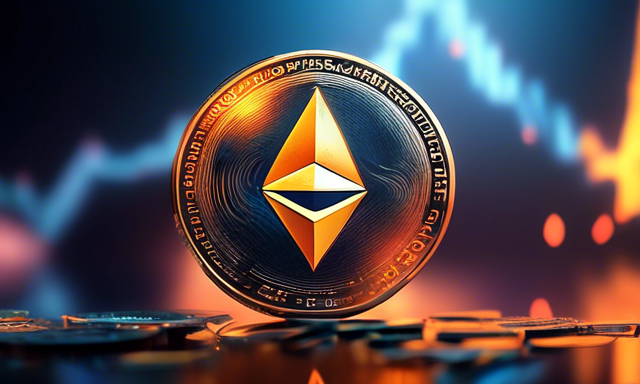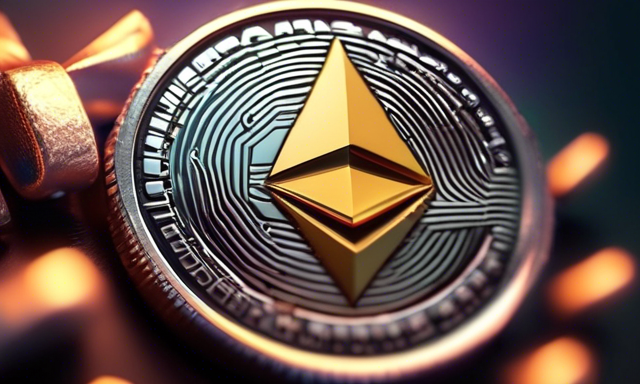Major Drop in Ethereum Burning: Lowest Levels in 2024
The Ethereum network is currently witnessing a substantial decrease in ETH burning, reaching its lowest levels this year. Recent data indicates that the base fee has plummeted to nearly 0.8 Gwei, marking a multi-year low. This decline in base gas fees has resulted in a notable reduction in ETH issuance.
- Only 210 ETH was burned on August 10th, representing a record low for the year.
- Comparatively, on August 5, base fees surged to around 100 Gwei, causing a daily ETH burn of 5,000 ETH.
- Consequently, the network’s inflation rate has increased, with net ETH emissions exceeding 2,000 ETH.
Gas Limit Adjustment in Response to Low ETH Burn
Amid this inflationary trend, Martin Köppelmann, the founder of Gnosis, has suggested a temporary increase in the gas limit to boost Layer 1 activity. In a recent tweet, Köppelmann highlighted the necessity of raising the gas limit despite the current low base fee levels.
“Basefee right now at a multi-year low of ~0.8 GWEI. 23.9 would be required to offset staking rewards. IMO Ethereum needs to get more L1 activity again and even if it sounds counterintuitive at such low rates, raising the gas limit can be part of a strategy.”
Ethereum Gas Fee Plunges Below 1 Gwei
During the weekend, the gas fee on the Ethereum network, which encompasses the base fee and any additional priority fee for transactions, briefly dipped to 0.979 Gwei. These latest figures reflect the impact of the London hard fork (EIP-1559) implemented in August 2021, aimed at burning the base fee to diminish the ETH supply.
- The current decline in gas fees can be attributed to increased user migration to Layer 2 scaling solutions.
- The adoption of blob transactions following the Dencun upgrade in March has significantly reduced costs on Layer 2 networks.
Hot Take: Ethereum’s Changing Gas Dynamics
As Ethereum experiences a drastic fluctuation in ETH burning and gas fees, the network faces challenges and opportunities in maintaining user activity and balancing economic incentives. The recent decline in base gas fees alongside proposals for gas limit adjustments signal a dynamic ecosystem responding to changing market conditions and user behaviors. Moving forward, Ethereum’s ability to navigate these fluctuations and optimize its fee structures will be crucial in sustaining network health and user engagement.





 By
By
 By
By

 By
By
